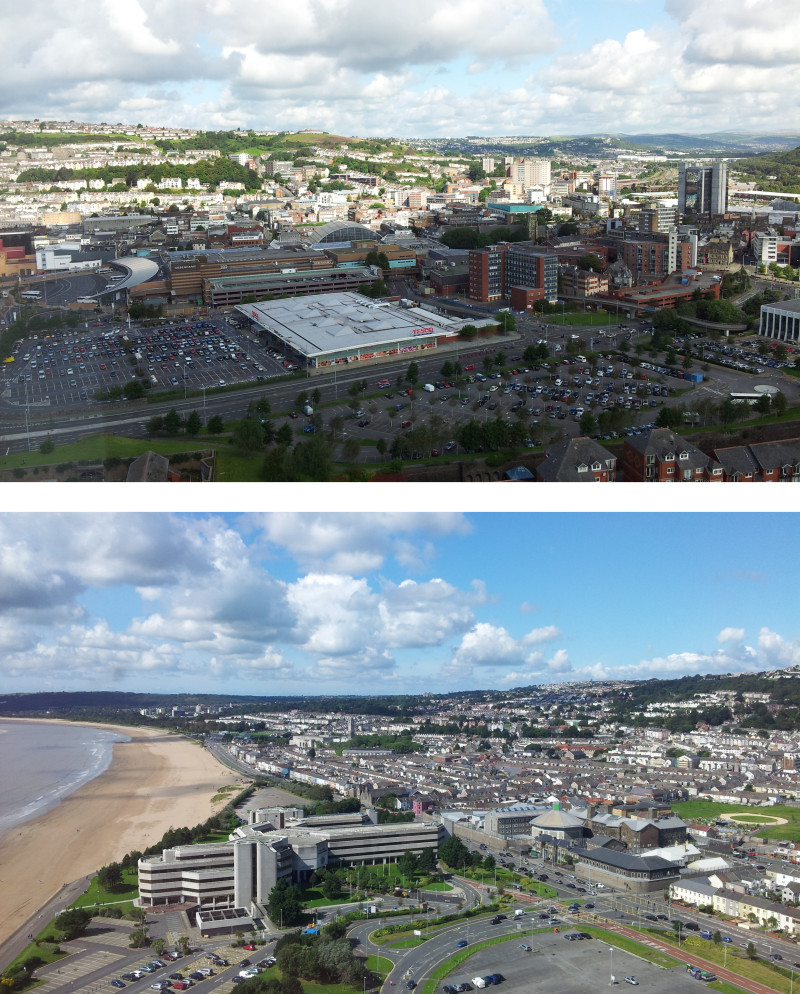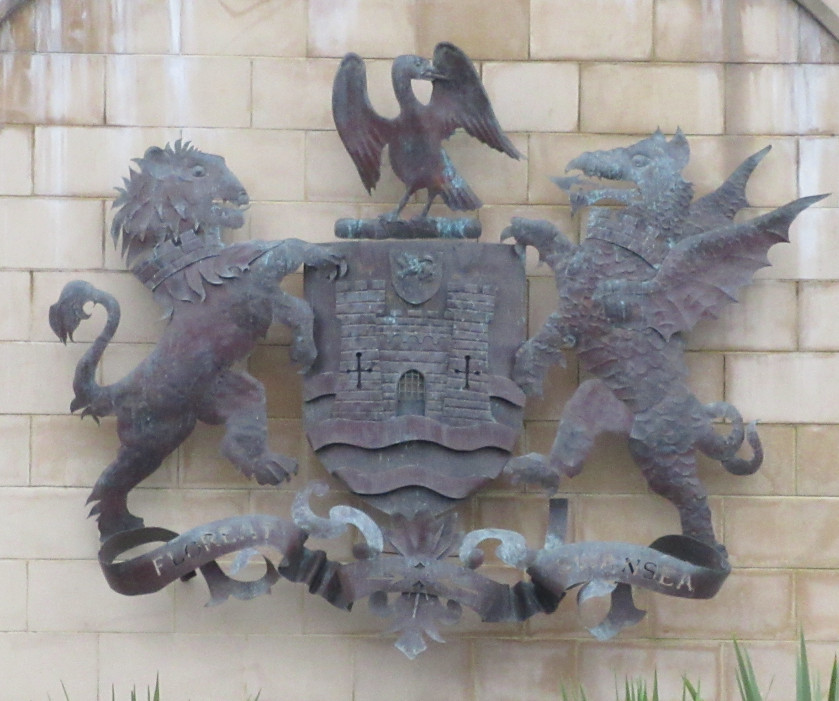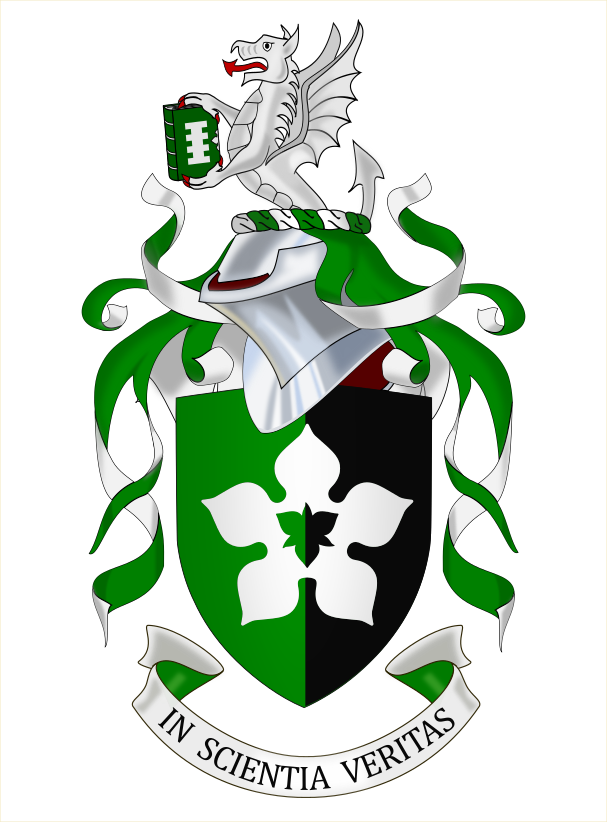 |
We are in the 21st century - the era of high tech, "people power", space stations, and the internet. It is also an era of logos and CGI graphics, and yet if you wander round the center of almost any European city, you'll see examples of a form of visual identity which dates from the Middle Ages. If you receive a communication from your government, or perhaps from your local authority or university, the letterhead may include a similar medieval-style device, although the particular emblem may date from this century or the last.
Originating among knights of the twelfth century, for the very practical purpose of identifying people covered in armour, the use of heraldry has expanded, developed and survived for nearly 900 years. It has been exported and adapted to continents far from its homelands. In some countries (such as the UK) it is still officially regulated, and individuals and institutions will pay thousands of pounds to be granted their own arms.
Swansea, in south Wales, fell under the rule of Norman-English marcher lords at around the same time that heraldry emerged in western Europe, and "armorial bearings" (coats of arms) have been seen in Swansea almost since they first existed. Native Welsh kings and magnates took a bit longer to adopt the new practice, but arms were retrospectively "attributed" to pre-heraldic rulers and lords in Wales and elsewhere.
Here you will find arms from Swansea's past and present, from medieval rulers, lords and bishops to Tudor gentry and 19th century industrialists, and on to modern public figures, local authorities, universities and others.
 |
| The arms of Swansea at the Dylan Thomas Centre. |
This site covers the whole of the City and County of Swansea, which was created in its present form in 1996, but covers an area roughly equivalent to the medieval Lordship of Gower - the Norman/English-ruled successor to the ancient Welsh Cwmwd Gwyr (Commote of Gower).
On each page for a person or institution, the coat of arms is newly drawn as a vector graphic. While being heraldically accurate, the illustration may not match the "official" versions in use, but official versions are likely to appear in the photographic galleries. One of the pleasures of heraldry is that a coat of arms is open to a myriad of artistic interpretations, so long as the illustration conforms to the blazon (written description, using heraldic terminology).
 |
I have lived and worked in Swansea since 2008, but have been interested in heraldry since I was a teenager.
Unfortunately, I do not have an officially granted coat of arms of my own, and am unlikely to acquire one unless I ever find myself with several thousand pounds for which I can't find a more pressing use! But I have designed the arms I would like to have granted ("aspirational arms", normally called "assumed arms"!). They allude to aspects of my background and profession.
The blazon is:
Shield: Per pale Vert and Sable, a cinquefoil Argent pierced of a trillium.
Crest: A demi-vywern Argent armed and langued Gules holding between its forepaws a closed book bound Vert clasped and charged with a billet bretessed palewise Argent.
Motto: In scientia veritas (In knowledge (or science), truth)